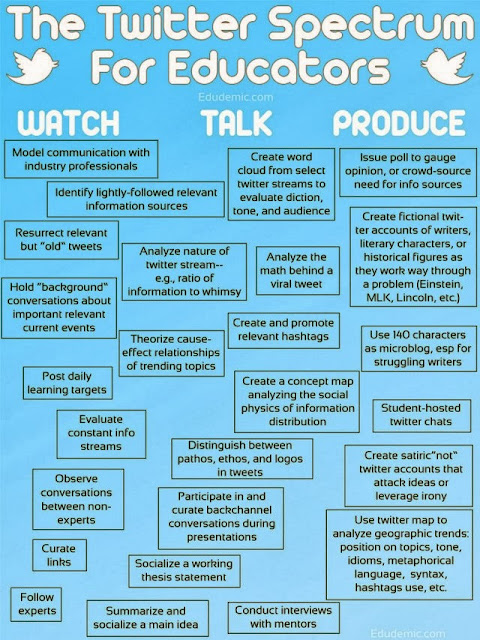Part of differentiation, to me, is giving students more opportunity to practice their language skills outside of the classroom if they choose to do so for enrichment. An effective teacher will connect his or her students with the opportunity to use valuable resources at home for autonomous learning. In exploring game opportunities to connect gamification and at-home learning, I stumbled upon and played through (once!) the Gotham Gazette Garbage Game (how's that for an alliterative tongue-twister?).
I like this game because it includes strategizing and it connects to a real-life problem that is experienced across all cultures. All around the world, people have too much garbage and they do not know who to give it to in order to find a resolution for this problem. This game requires students to read (a lot!) and evaluate different options. I personally am not very into video games so this appealed to me in that I don't have to have a fabulous sense of direction in a fictional world but instead have to be able to make decisions and justify them. That falls into the category of things that I can handle. This game is straightforward.
I like this game because it includes strategizing and it connects to a real-life problem that is experienced across all cultures. All around the world, people have too much garbage and they do not know who to give it to in order to find a resolution for this problem. This game requires students to read (a lot!) and evaluate different options. I personally am not very into video games so this appealed to me in that I don't have to have a fabulous sense of direction in a fictional world but instead have to be able to make decisions and justify them. That falls into the category of things that I can handle. This game is straightforward.
The learning objective that I would apply to this game is "students will learn to read and think critically about real world problems". This game is all about practicality and I think that my objective should harness that factor while incorporating basic reading strategies.
This objective is a bit harder to assess in that if students are doing it at home, I would not be able to physically oversee the process but if I encourage students to write a mini-report or bring in a print out, I think that I would be able to evaluate students decisions and possibly give extra credit that would allow me to measure student understanding. For example, I might ask students to tell me what their readout was, why they think it was that way, and if/how they think they could make it better. In this way, I would incorporate simple reflective thinking in a way that would allow me to see precisely what progress students made with this assignment.
This objective is a bit harder to assess in that if students are doing it at home, I would not be able to physically oversee the process but if I encourage students to write a mini-report or bring in a print out, I think that I would be able to evaluate students decisions and possibly give extra credit that would allow me to measure student understanding. For example, I might ask students to tell me what their readout was, why they think it was that way, and if/how they think they could make it better. In this way, I would incorporate simple reflective thinking in a way that would allow me to see precisely what progress students made with this assignment.
There are many games available to students to practice at home, but I think that this one suits my style best and I think that it is one that I would be able to practically apply and measure.



